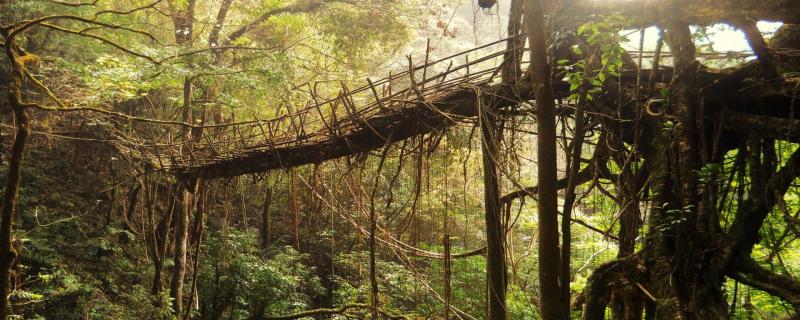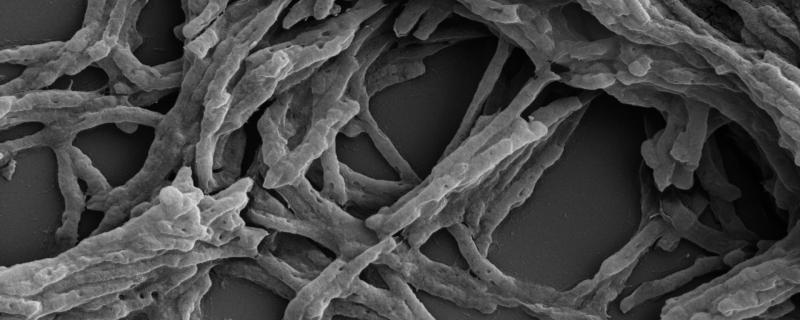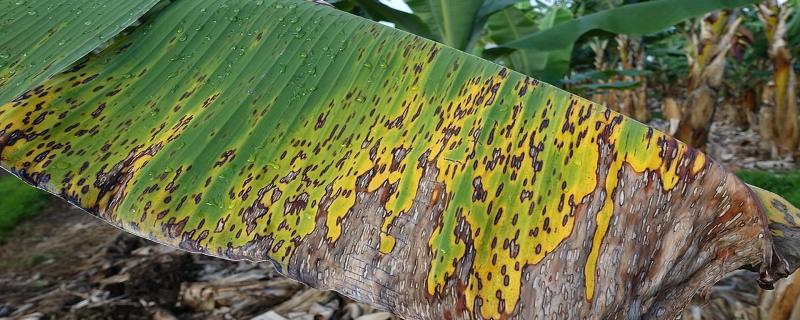While looking forward to 2020, the editorial team at Research Matters looks back on some of the interesting stories that we published during 2019. There were many interesting ones ranging from the first photograph of a black hole to air pollution in Delhi to using vibrations for painless injections. Here is a list to highlight India's year in science during 2019. This is in no way ranked and the order is just incidental.
Scientists theoretically probe the atomic properties of the 2D materials under strain
Mumbai/ Apr 18, 2024

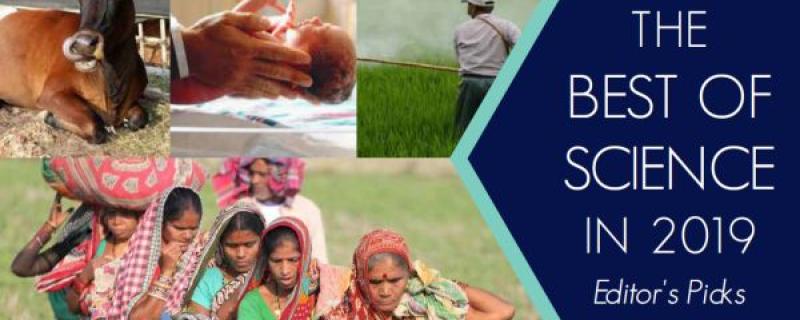

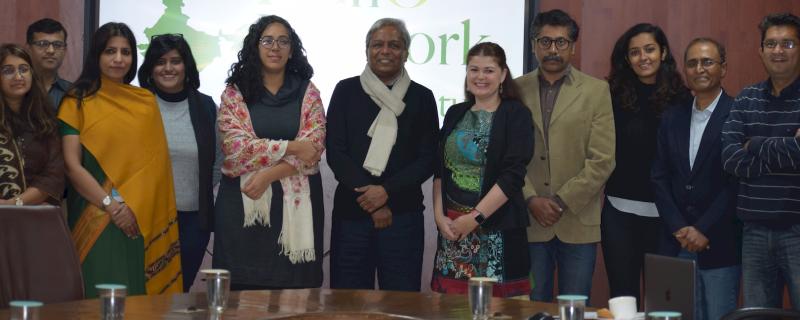



![Dr Neena Gupta [Photo Credit: Arunita Banerjee] Mathematician Dr Neena Gupta shines as the youngest Shanti Swarup Bhatnagar awardee](/sites/researchmatters.in/files/styles/large_front_800x320/public/dr_neena_gupta.jpg?itok=KxUW1Rce)
